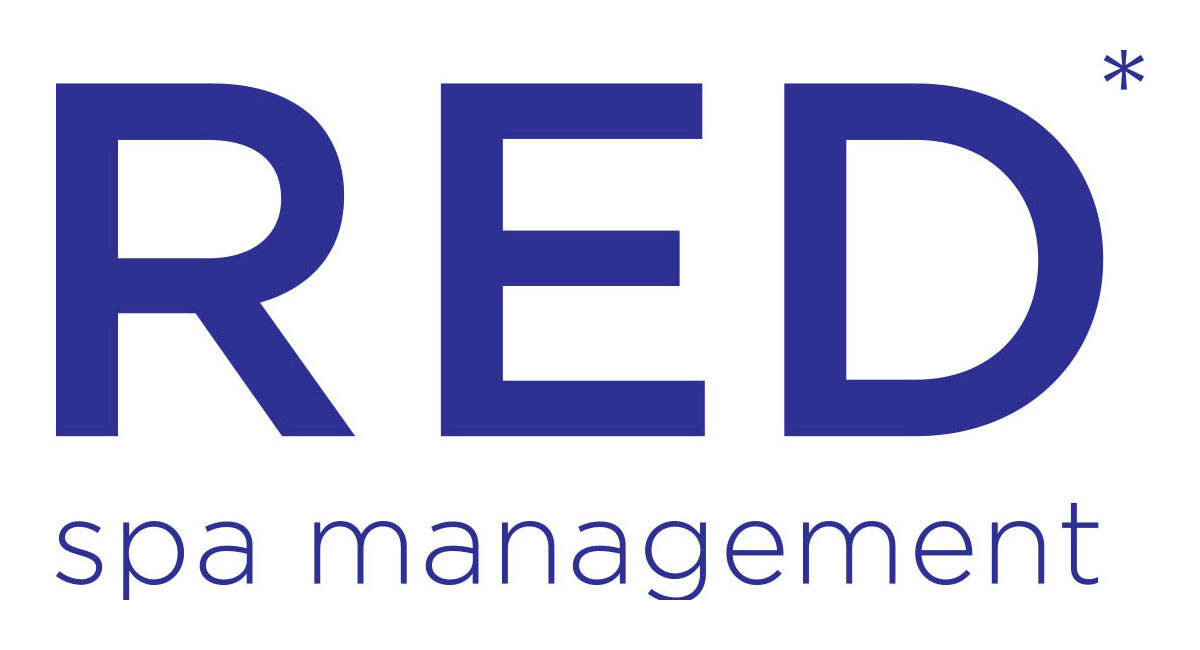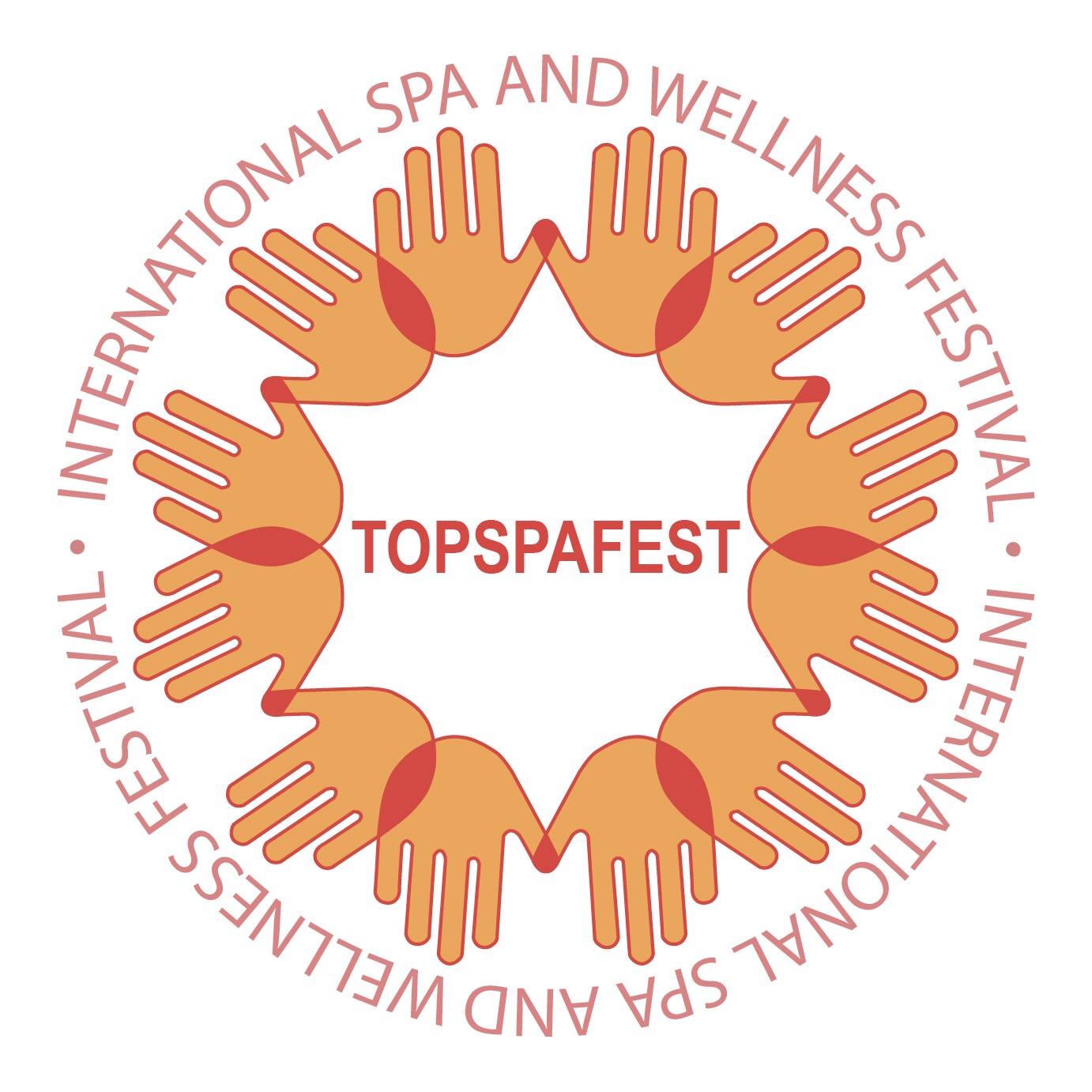
Demographics of Aging
Thirty five million Americans are over 65 right now
In 1900, the average American lived to be 46
In 2000, the average American lived to be 76
By 2020, one in five Americans will be over 60
By 2025, Americans over 65 will outnumber teenagers by more than two to one
“Geriatric massage is a form of massage designed to meet the specific needs of the elderly population”
Benefits
- Increase in blood circulation, thus preventing such complications of diabetes as leg ulcers or gangrene
- Improvement in lymphatic flow, which increases the excretion of toxic substances from the body
- Alleviation of headache and pain
- Deepens breathing
- Speeds up healing from injury and illness
- Relieves joint pain
- Stimulates bowels
- Releases endorphins
- Mental and physical relaxation
- Improvement in length and quality of sleep
- Relief of stress, anxiety, depression, and loneliness
- Improvement of the patient's quality of life and self-esteem
- Decreases isolation
Precautions
- Always check with the client's physician after a stroke or a heart incident for advice about appropriate massage.
- Geriatric massage should not be used as a replacement for exercise programs or medical treatment in nursing homes.
- Usually on many medications
- Osteoporosis
- Body areas that are inflamed or swollen
- Open or unhealed bed sores
- Thrombophlebitis (Inflammation of a vein)
- Severe edema (Swelling)
- Recent surgery
- Severe acute pain
- Certain heart conditions
- Certain kinds of cancer
- A history of blood clots (The blood clots may become dislodged and travel to the lungs as a result of massage)
- Drug treatment with blood thinners (These medications increase the risk of bleeding under the skin.
Geriatric massage uses the same basic massage techniques as general massage but you need to tailor it to the specific health conditions and needs of the elderly population. Geriatric massage has the following characteristics: Short sessions (Usually lasts no longer than 30 minutes), as a longer session may be too much for an elderly person. Sometimes you will never see family members around, sometimes they live too far away or they have a hard time dealing with their relative in a nursing home. Allow extra time in between appointments, they are generally slower and love to talk. Side-lying and semi-reclined positions seem to be more comfortable for them.
Techniques
- Use of gentle hand motions.
- Techniques toward the heart are designed to improve blood circulation and heart function, prevent diabetic complications, relieve muscle tension, and relax the body and the mind.
- Gentle stretching to improve joint mobility and flexibility.
- Gentle massaging of the hands and feet (if the joints are not inflamed) to prevent stiffness and relieve pain.
- Use stronger movements such as friction and pressure techniques only if they can tolerate them.









